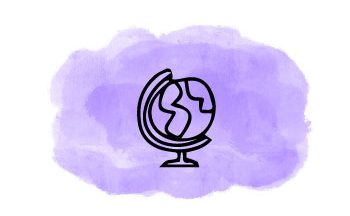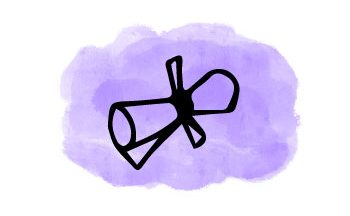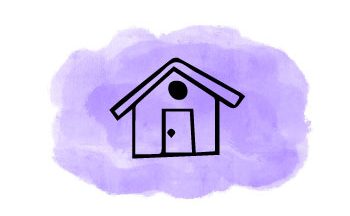An inclusive communication is recommended in all languages. Please find below a few practical guides and instructions to adopt a gender-inclusive language in other languages.
Français – French
Our school’s gender-inclusive language project was developed primarily in French and English. The French version is more developed as this language is more gendered.
Deutsch – German
The EPFL community is increasingly required to write texts in German. Please find below a guide recommended by the School’s Management. This guide was created by the University of Bern in 2017.
Italiano – Italian
The EPFL Management does not recommend a specific guide for the Italian language. However, members of the EPFL community communicating in Italian can refer to the first 3 French principles, namely :
1- Prefer epicene formulations
Gli studenti becomes Il corpo studentesco
2- When epicene formulations are not available, use the feminine-masculine paired form.
Gli studenti becomes Le studentesse e gli studenti
3- When neither of the two first forms are possible, use the contracted forms as a last resort (it is still very uncommon in Italian, the slash / in more common)
Gli studenti becomes Le o gli studenti·esse
Note that the guide below may contain some further suggestions :
Discover
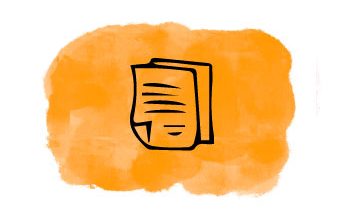
Non-sexist Language Guide
Non-sexist language guide for Swiss universities communicating in English
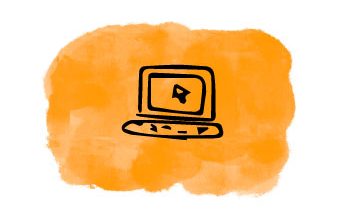
Gender-inclusive Language at the UN
The resources provided here are aimed at helping United Nations staff to communicate in a gender-inclusive way in the six official languages of the Organization

Inclusive Language ENAC – EPFL
The goal of this website is to introduce and hopefully convince you, to begin to use inclusive language/communication in your daily life.

